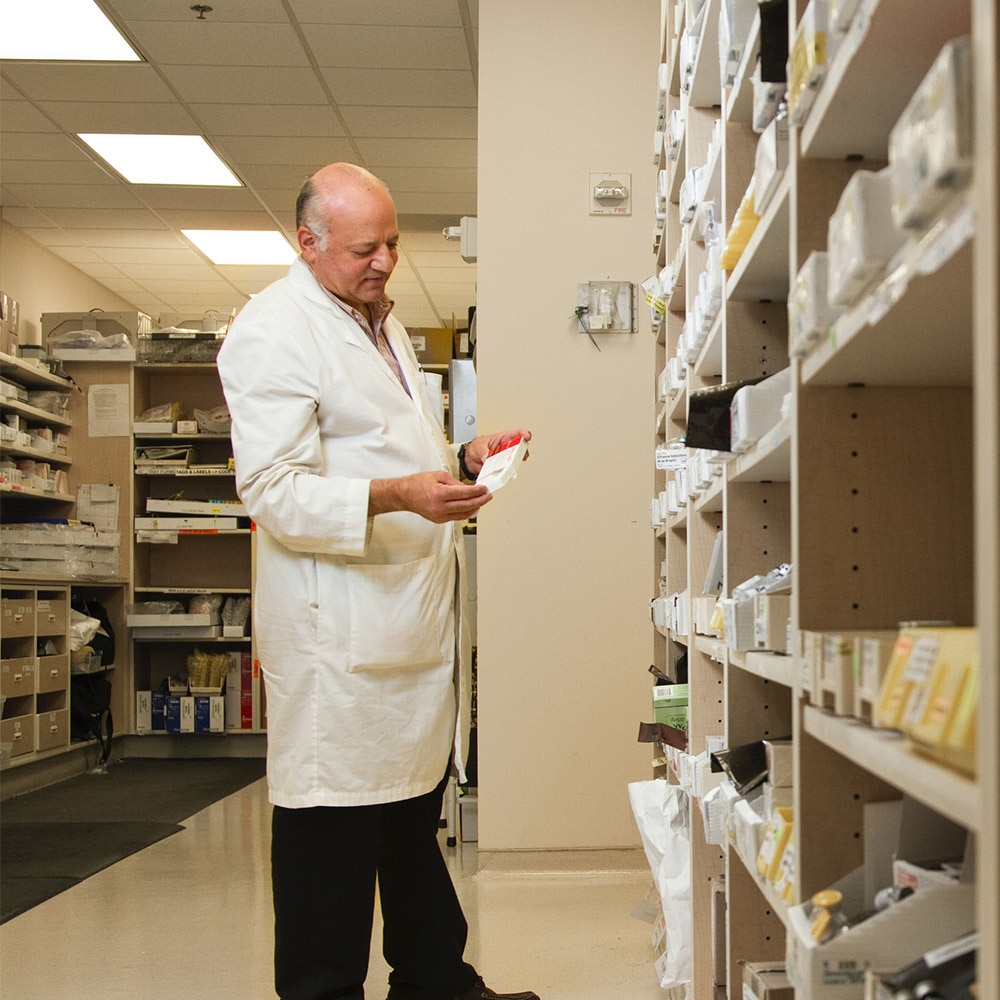
The increased prevalence of copycat drugs, dangerous cheaper alternatives and the risk of unregulated MDMA itself are only the beginning of the deficiencies of prohibition.
The negative impacts of MDMA prohibition
Josh Donelly
3.1.16
When MDMA was first identified in Australia, governments made swift and panicky moves to ban it. They began arresting users and developed anti-ecstasy campaigns that were misleading or advertised the effects of prohibition itself. Despite these efforts, however, prohibition has failed to achieve its narrow objective of preventing use. The damaging effects of MDMA prohibition itself are even more concerning than that failure.
Ecstasy is by far the most adulterated product in the illicit drug market. In fact, almost anything at all can be sold as ecstasy. Pills in particular can contain harmful excipients and unknown actives with variable concentrations. Not many people have heard of Eutylone, BTCP, JWH-018, Pentedrone or mCPP; a handful of the many drugs sold as ecstasy between 2009-2012. PMA is one of the most notable ecstasy substitutes and far more toxic at recreational doses than MDMA. Formulations of relatively pure MDMA are also more dangerous under a prohibition regime due to their unknown strength.
Any move away from prohibition is typically opposed in the belief that this would encourage use or make drugs freely available. ‘Free availability’ of ecstasy is, however, probably closer to our current reality than would be the case with the sophisticated kind of regulatory framework that legalisation would enable. At present, products sold as ecstasy remain accessible and dealers have little reason to discriminate between their customers.
The increased prevalence of copycat drugs, dangerous cheaper alternatives and the risk of unregulated MDMA itself are only the beginning of the deficiencies of prohibition. The National Ice Taskforce also identified in their 2015 report that a decline in ecstasy supplies has contributed to demand for methamphetamine and an increase in the number of ice users in Australia.
Ecstasy pills/capsules are easily concealed and users can discreetly take the drug without being apprehended, making it difficult and expensive to police MDMA use. The presence of drug detection operations with sniffer dogs also does not deter or prevent use. On the contrary, drug detection operations at music festivals have contributed to a number of adverse outcomes as a result of preloading, internal concealment of drugs, and hasty consumption to avoid detection.
In Australia, minor drug offenders are typically cautioned and diverted to an intervention. First time offenders will usually avoid criminal sanctions if the intervention is completed. However, there is no evidence that ecstasy users benefit from compulsory intervention, or that it reduces consumption. It is likely that many users do not care or trust what authorities say and consider moderate use MDMA a sensible choice compared to legal drugs. Arresting and then diverting drug users is just another unnecessary cost for taxpayers.
Prohibition and the criminalisation of use leaves governments with few options in how they communicate with people who use MDMA. Scare tactics have lost credibility now that millions of people have had positive experiences with MDMA. In almost all circumstances, drug users apply at least some basic risk-benefit analysis in their choice to consume and prohibitionist messages hinder effective communication about safer drug use.
For all the claims of the immorality of (some) drug use, the real moral failure in the story of ecstasy is that a minority group of harmless fun seekers have been marginalised and stigmatised in Australia for three decades. While MDMA is one of the more popular illicit drugs, consumers are still outnumbered by a majority who restricts their liberty, privacy and autonomy for doing something different – a glaring violation of the International Covenant of Civil and Political Rights. The end of that discrimination against MDMA users is now well overdue.
Photo Credit:
by Priscilla Du Preez on Unsplash
References:
This is part of a series of posts, based on Josh’s paper ‘The case for MDMA (ecstasy) regulation’ (http://www.ncbi.nlm.nih.gov/pubmed/26349381) published in the Journal of Law and Medicine, June 2015, 22(4):823-45. The paper challenges the medical and legal case for preventing legal access to MDMA and criminalising users, and proposes a properly regulated alternative. Access the full text with references here .
Read the series
The case for MDMA regulation

Why is MDMA illegal, anyway?
To this day, there is no clear supporting evidence for the decision to restrict MDMA use in Australia through the application of criminal law. Here’s why.

Legal access to MDMA: why and how
Pharmacist Josh Donelly teamed up with Unharm director Will Tregoning to outline the main arguments for regulated, legal MDMA and what legal access in Australia could look like.

What would Mills have to say about MDMA?
British philosopher John Stuart Mill argued that one’s “own good, either physical or moral, is not a sufficient warrant” for state intervention.

The risks of MDMA: hysteria and hypocrisy vs the evidence
There is now ample evidence to conclude that the perceived dangerousness of MDMA is not justified by its real risks.
Sign up
Sign up for movement news and opportunities to get involved
We are building a movement to make drug use legal and safe in Australia so that everyone has a better chance to lead a healthy and happy life.